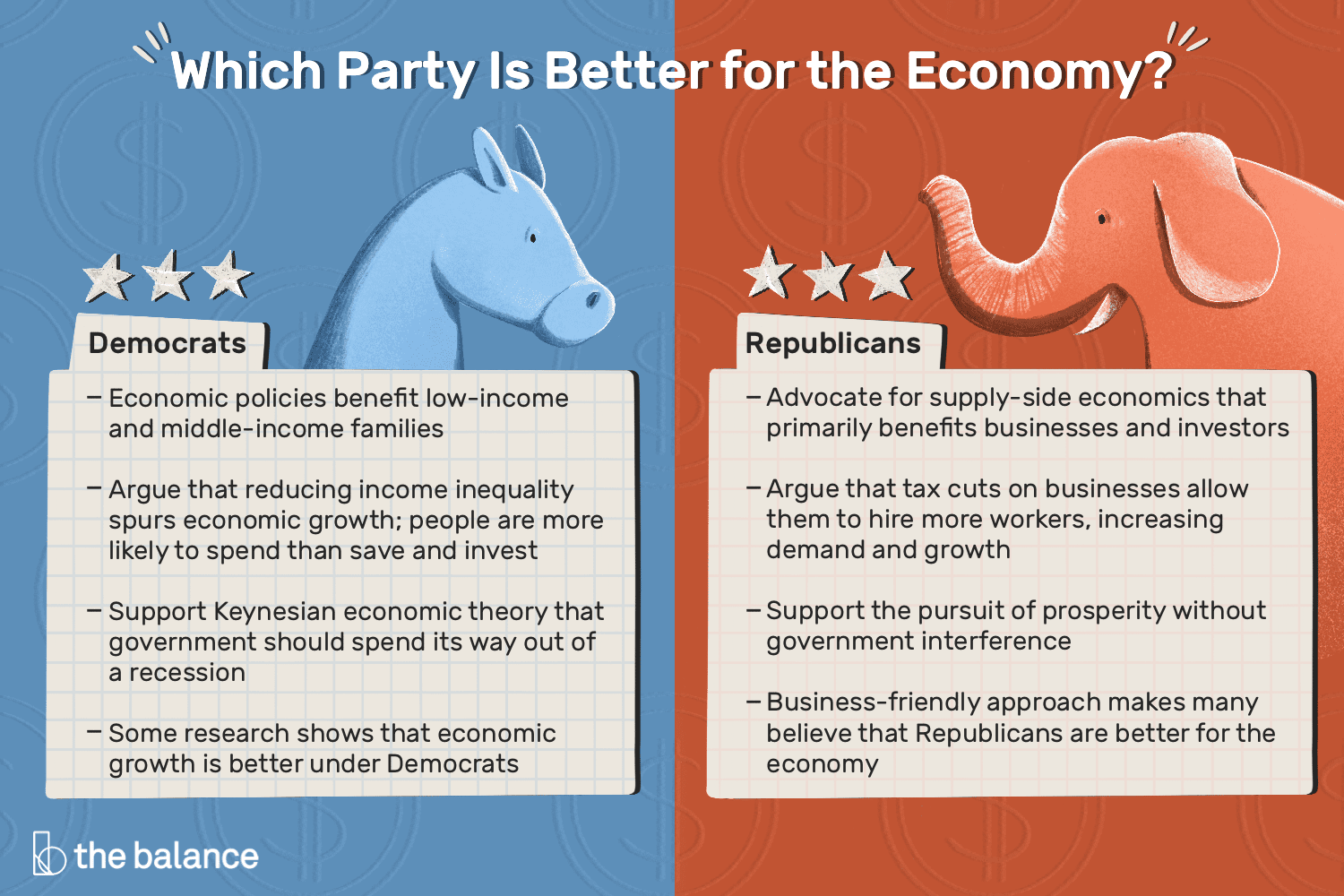
Why Federal Reserve Interest Rates are Important
The Federal Reserve's interest rates are like the conductor of an economic orchestra, setting the tone for everything from credit card interest rates to mortgage rates. The Fed's goal is to create an environment of maximum employment and stable prices while keeping long-term interest rates in check. It uses interest rates as a lever to either boost or slow down the economy.
How the Fed Funds Rate Drives Economic Activity
At the heart of the Federal Reserve's toolkit is the fed funds rate, which serves as the benchmark for many other interest rates. This rate is the interest charged by banks when lending to each other overnight. By raising or lowering this rate, the Fed can encourage or discourage borrowing and spending. During times of economic slowdown, the Fed typically slashes interest rates to stimulate economic activity. Conversely, in times of rapid growth and inflation, the Fed may raise rates to cool things down.
Managing the Fed Funds Rate
To manage the fed funds rate, the Federal Reserve employs a variety of tools, including open market operations and adjusting the interest rate it pays to banks on reserves deposited with the central bank. By buying or selling U.S. government securities, the Fed can influence bank reserves and, subsequently, the interest rates they charge each other. These rate changes have a ripple effect throughout the credit markets, impacting everything from savings rates to credit card interest rates.
Key Differences Between the Federal Funds Rate and Discount Rate
While the federal funds rate reflects the rate at which banks lend to each other, the discount rate is what the Fed charges member banks for direct borrowing. The fed funds rate is market-driven and varies slightly across different Fed banks, while the discount rate is set by the Fed's board and remains consistent across all banks. Both rates play a crucial role in shaping overall economic activity.




















